The heart of any food truck business is the truck itself! The initial purchase of the truck and all the necessary equipment is the most significant cost, which must be made at the very beginning. But how much money do you really need to spend on a food truck to make it the real thing? Should you buy a used vehicle and turn it into a food truck according to your own design and concept? Or should you maybe start off with a used catering trailer? Can you adapt the vehicle into a food truck yourself, or should you use the services of professionals? Or perhaps you could rent a food truck? If you are planning to set up this type of business, you should be able to answer the above questions and take them into account when preparing your business plan.

The heart of any food truck business is the truck itself! The initial purchase of the truck and all the necessary equipment is the most significant cost, which must be made at the very beginning. But how much money do you really need to spend on a food truck to make it the real thing? Should you buy a used vehicle and turn it into a food truck according to your own design and concept? Or should you maybe start off with a used catering trailer? Can you adapt the vehicle into a food truck yourself, or should you use the services of professionals? Or perhaps you could rent a food truck? If you are planning to set up this type of business, you should be able to answer the above questions and take them into account when preparing your business plan.
- First set up the company, then buy the food truck
- Start off with the formalities
- It all depends on your budget
- Should you buy, rent or build it yourself – that is the question
- Make sure you comply with the regulations regarding food hygiene!
- Take advantage of every inch of the interior
- What should you consider when designing a food truck kitchen
- Electricity or gas? Or maybe both?
- Have you thought about everything?
- Bon voyage! Or not so fast?
- First your menu, then the food truck
First set up the company, then buy the food truck
Before you start planning the details of your food truck business you need to gather together all the necessary documents. The basic formality you will need to fulfil is a street trading license necessary for all food trucks. Remember that you can only operate your future business in places where you have previously obtained consent from the relevant administrative authority. However, a licence is not needed if you plan to operate on private land or at organised events. Many aspiring food truckers believe that a food truck gives them the freedom to operate virtually anywhere.
Unfortunately, this is not entirely true! One option are regular food truck events, also known as food markets. These have the advantage that you can plan ahead and count on a regular source of income to cover your basic costs. Another option is a licence to operate in public areas, for example on a particular street or square. If you want to guarantee yourself a lucrative spot for your food truck in front of a shopping mall, then you will additionally need the written consent of the property owner. There’s nothing stopping you from simply inquiring about the potential cost of renting space. This could prove to be very profitable in the long run!
Start off with the formalities
You should also get permission if you plan to sell alcoholic beverages, as selling without an alcohol license is strictly forbidden! Getting the necessary licences and permission is therefore very important. You should also get a food hygiene certificate and undertake a risk assessment to ensure that any food safety hazards are eliminated or minimised. This is known as a ‘HACCP’ control system. In other countries it might also be required to confirm professional qualifications through certificates of apprenticeships, training, etc.
You will also need to register your street food business with HM Revenue and Customs (HMRC), no matter how small your business is. Just like hundreds of thousands of other people in the catering industry, you will need public liability insurance. You will also need employers liability insurance.
All issues related to the design of your food truck should be considered only after acquiring the necessary papers.
It all depends on your budget
Used food trucks are available from as little as a few thousand pounds. However, the condition of the vehicle is important. Ask yourself if you really need to make a large investment to start your business. Will the equipment included in a used food truck work in your case? Will a food truck, which was once used for selling fish & chips, fulfil your needs? Define very clearly in advance what cuisine you plan to offer. Installing devices such as deep fryers, grill plates or cooker hoods may be unnecessary if you intend to prepare simple salads.
Designing a food truck from scratch and buying all the electrical appliances and devices can be extremely expensive. £3,000, £5,000 or even £10,000 spent on the necessary equipment for your food truck is nothing out of the ordinary. If you have the budget, we would recommend that you buy a new food truck. Depending on the size, equipment and quality, the cost of a well-equipped ‘mobile restaurant’ could even exceed £30,000. Then there are always the costs related to branding or even re-painting or decorating your food truck depending on your needs.
The biggest advantages of new food trucks compared to used ones are undoubtedly: lower fuel consumption, ideal condition of spare parts and the peace of mind that costly sudden repairs will not be needed in the near future, as vehicles purchased straight from the dealer will come with a warranty. In the case of vehicles with a total length of more than seven metres, parking sensors or reversing cameras will make your life much easier.
Should you buy, rent or build it yourself – that is the question
The same principle applies with food trucks as with building a house: the more you can do yourself, the more money you can save. The help of professionals will then be limited or even unnecessary. However, in order to carry out any work, you should have the appropriate know-how and carefully consider whether the chosen solutions are to be temporary or permanent. Otherwise, you might have to spend more time and money re-doing it to meet your long-term requirements, which is a perfect example of the saying “buy cheap, buy twice”. Each day spent repairing or re-doing your food truck means not only lost earnings, but also increased operational costs.
Make sure you comply with the regulations regarding food hygiene!
Remember: if you design your food truck yourself, it will be even more important to make sure all the regulations are met! If you do, however, decide to look for the help of professional, you should be able to find companies specialised in converting vehicles into food trucks in most major cities. In both cases, the costs you will need to incur depend on the size of the vehicle and the equipment you will need.
The biggest advantage of renting or leasing a food truck is that you don’t have to invest large amounts of money up front. It also saves time compared to creating everything from scratch! After the season, you can simply return the food truck to its owner. However, when renting a vehicle, you will not be able to adapt or change any of the equipment without prior consent, redesign the food truck in any way, or change the name or logo.
If you really want to convert your vehicle into a food truck yourself, keep in mind that a smaller vehicle will be sufficient for a simple catering offer. If you go for a wider choice of menu items, requiring more or bulkier equipment, then you had better go for a larger vehicle with a solid chassis. Vehicle models such as the Mercedes Sprinter, Fiat Ducato, Citroen Jumper, Peugeot Boxer, Renault Master or Volkswagen Bulli are particularly suitable. Unless you really want to stand out from the competition at food truck festivals or other large events, in which case what about an American school bus or retro-style vehicle?
Food trucks styled as “Made in the USA” are popular for this reason. Many importers of such types of vehicles import them with the intention of offering them as a base for a food truck. However, this type of American vehicles, especially ones from the good old times, may not be the most economical option if this aspect is important for you. In addition, finding spare parts might not be that easy. If your food truck spends too much time at the garage the maintenance costs could kill your business. Most European food trucks, on the other hand, will be equipped with economical diesel engines.
Take advantage of every inch of the interior
Kitchens in food trucks are much smaller than restaurant kitchens, and tend to get pretty crowded if you work together with two or three employees in just a few square metres, so you will need to make the most of every inch inside the food truck’s kitchen. Forget about large tabletop sinks, cookers, cooling tops, or large and convenient storage space. Due to the limited options, cupboards should be equipped with sliding doors. The rear wall of the food truck is a good place for kitchen wall cupboards fitted with a work top. In addition, not only must everything be firmly fitted so that it does not tip over on corners, but also resistant to vibrations on long journeys.
In our online shop you will find a wide range of high-quality catering products. Visit us at and choose from a variety of kebab machines, electric fryers, roller hot dog grills, pizza ovens, crepe makers, refrigerators, and stainless steel furniture.
What should you consider when designing a food truck kitchen
In addition to a large refrigerator, you should make sure you have at least two sinks with warm water. Ideally, the entire interior should consist of food-safe surfaces, preferably stainless steel. Invest in containers to differentiate wastewater from fresh water, and you should also consider purchasing an additional drinking water container. The floor should be made of an easily washable and durable material, such as PVC, while wall cladding and insulation components should also be installed in accordance with industry recommendations. A splash guard made of clear glass will also be necessary, to protect customers from sizzling electrical appliances. Needless to say, all food should be kept separate from things like cleaning products, dirty dish cloths or work clothes.
Electricity or gas? Or maybe both?
The choice of electricity or gas is also important. While many restaurateurs prefer to cook with gas, they still need electricity to run refrigerators, freezers and electrical appliances. So why not go for a fuel or gas powered generator that provides enough electricity for you other appliances? A practical solution is to connect the generator to the vehicle’s fuel tank, letting you keep everything cool and fresh during transport.
Have you thought about everything?
Imagine a situation where after months of detailed planning your food truck is virtually ready to go, but you are still unable to use it due to not fulfilling a few basic requirements. This could be for several reasons. Food truck owners often remember not to exceed the maximum load capacity at the design stage, but forget about the weight of the food, including full water tanks, and the weight of staff. This way the permitted values can easily be exceeded, which will require you to “slim down” your food truck later on, and equipment that is necessary to prepare or store food will need to be removed. To prevent this from happening, control the TOTAL weight of your vehicle from the very beginning of the design stage. Under no circumstances should you hit the road without all the necessary documents. Otherwise, you risk some pretty hefty fines.
Many first-timers disregard the aspect of the height of the interior of the vehicle when choosing their food truck. Keep in mind that both you and your colleagues will work here for many hours a day. Can you imagine a food truck in which you will not be able to straighten up and will suffer from constant back pain after work? For this reason, the height of the ceiling in the workplace is of great importance. The floor should also be covered in a non-slip material, and ventilation and automatic circuit breakers should meet applicable standards. Only after taking into account the above aspects should you get down to designing the details. For this reason, many people choose the easier but more expensive approach of using companies specialising in standard interior design.
Bon voyage! Or not so fast?
Ok, now you’re ready to go! Congratulations! Your food truck is finally ready. But what next? Have you got all the official permits and certificates, as well as the right driving licence? With a standard driving licence you can drive cars with trailers or vehicles with a MAM not exceeding 3.5 tonnes. However, if your vehicle is heavier than 3.5 tonnes, but lighter than 7.5 tonnes, a category C1 driving licence will be required. Bear in mind that holders of a category C1 driving licence will need to renew their licence every five years. So this is another aspect that should be considered.
In order for your “mobile restaurant” to reach its target customers, make sure you have all the permits to run this type of business.
Refrain from buying an “American school bus” food truck if it will be too large for the spot you plan to sell from.
First your menu, then the food truck
The bottom line is that the more your food truck stands out, the more likely potential customers will notice it. Originality is key. Thanks to your own design and a unique brand, your food truck can really be one of a kind. Your food truck should reflect your catering offer, so hungry guests should be able to tell from afar what kind of cuisine you have on offer. Your logo and name should therefore be clearly visible, and if you manage to attract customers with a large picture of a laughing sausage, then your flagship products should not be kebab or popcorn.
Although from your perspective it might make a huge difference whether you bought, rented or built your own food truck, your customers won’t really care. An attractive looking food truck with tasty food is vital if you want to sell in a popular location. Remember, however, that the best advertisement will always be the quality of your catering offer.
If you stick to the above tips, then all that’s left is to buy the necessary ingredients and get down to business. Good Luck!
The well-known and experienced chef Michał Orłowski gives invaluable tips on buying or equipping a food truck on our expondo YouTube channel Chef’s Gear.
-
Waffle Maker – 1300 Watts – Round 129.00 €
-
Slush Machine – 6 Litres 1,199.00 €
-
Waffle Iron – 1,550 W – stick – corn dog 169.00 €
-
Tower Rotisserie – 4-in-1 – 1.500 W – 21 L 119.00 €
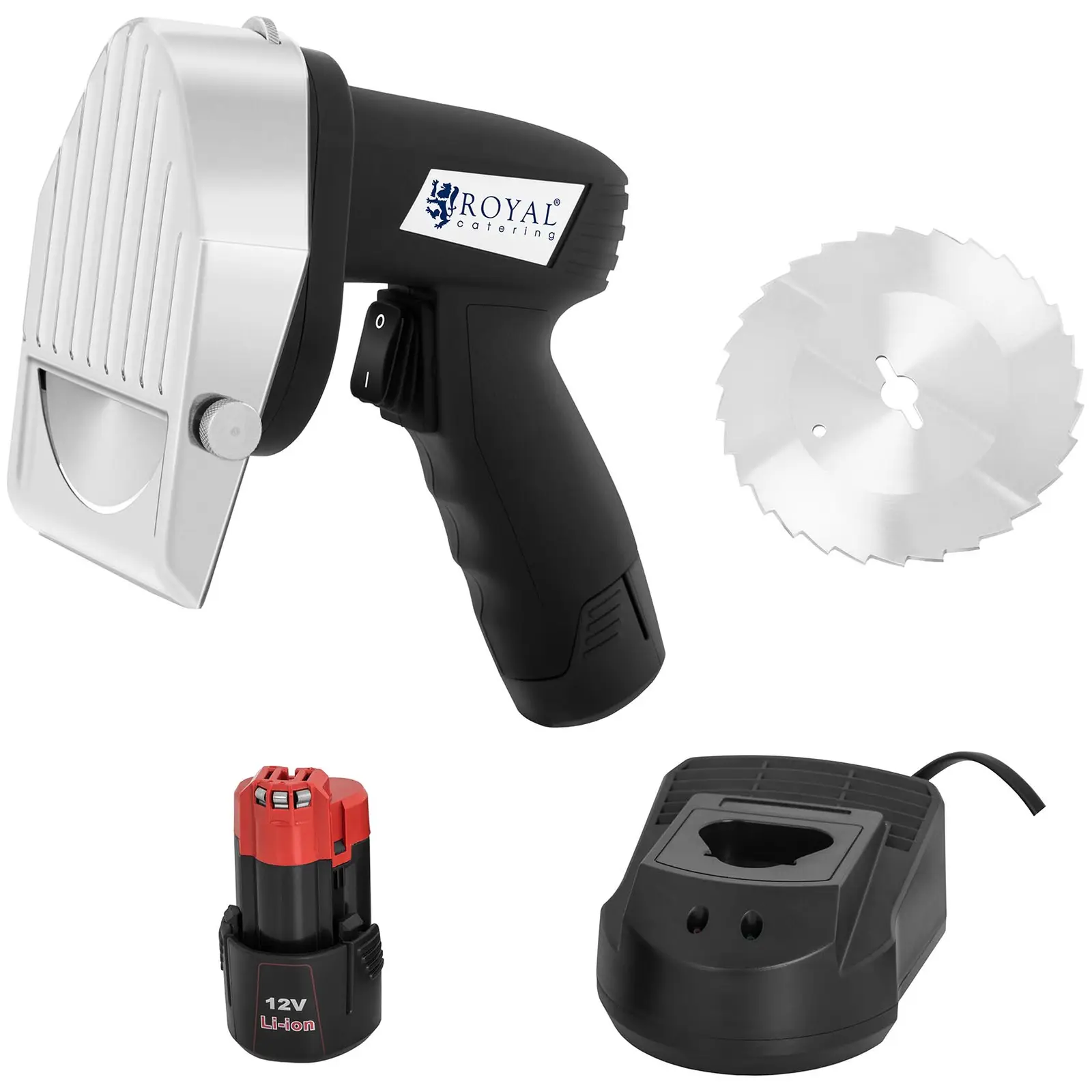
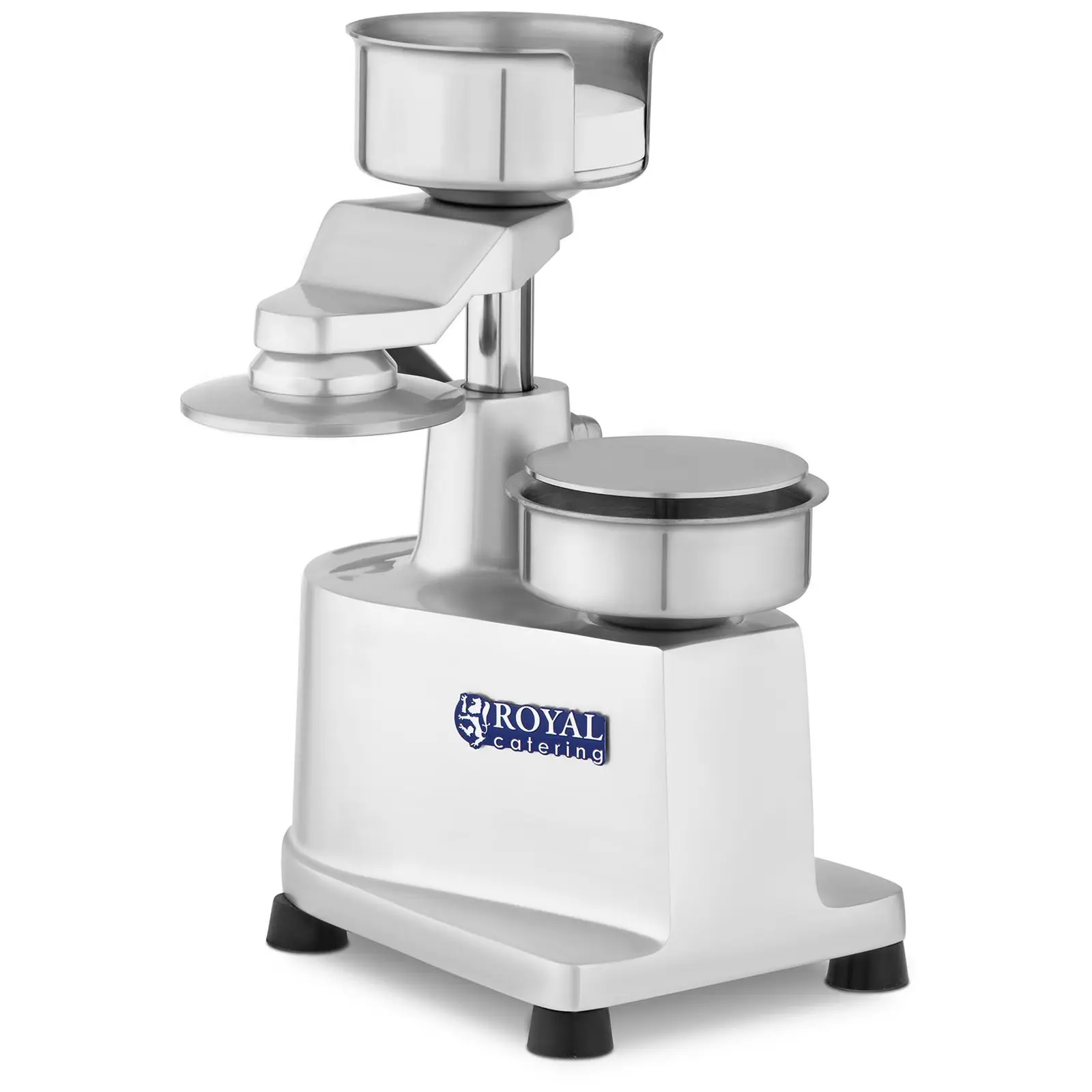
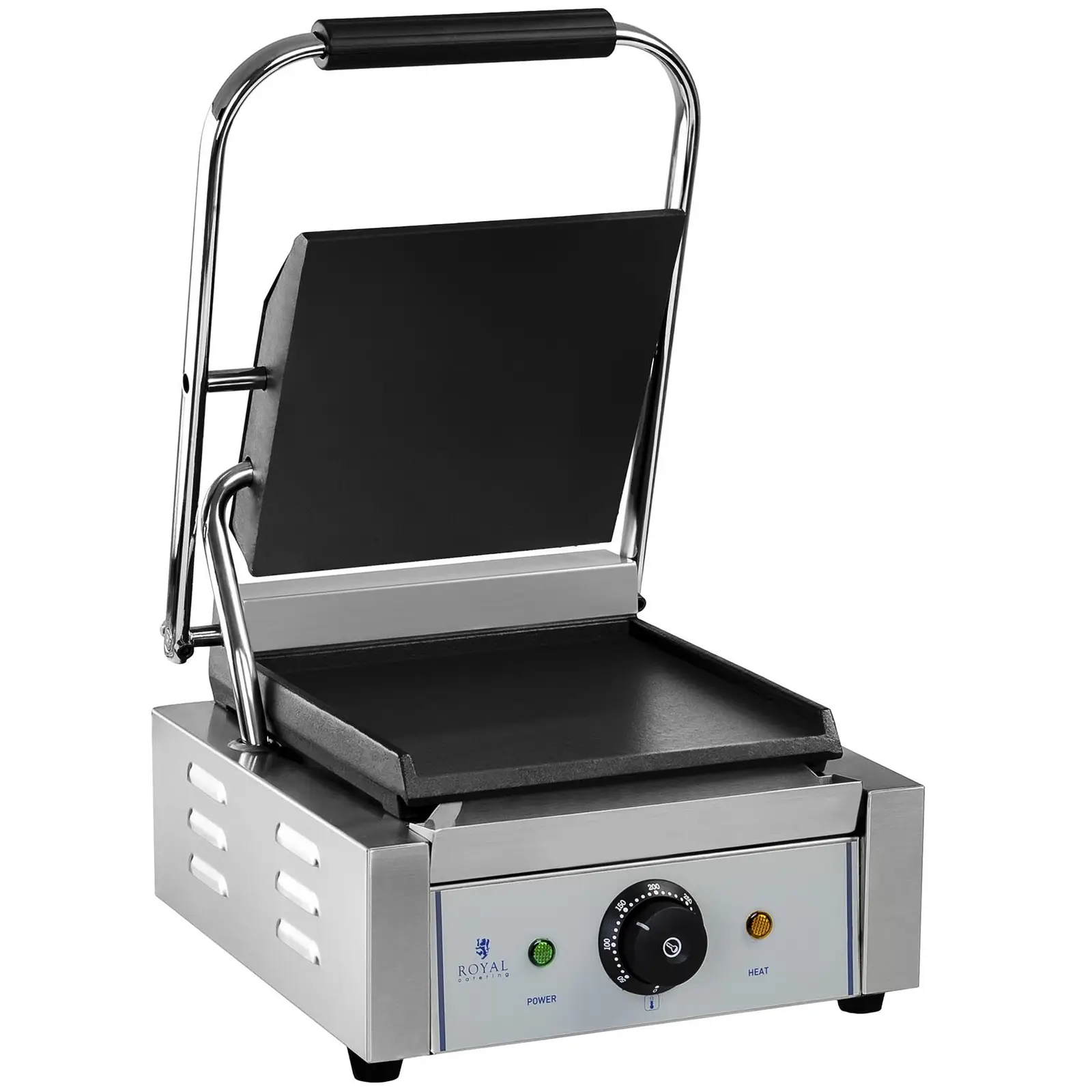
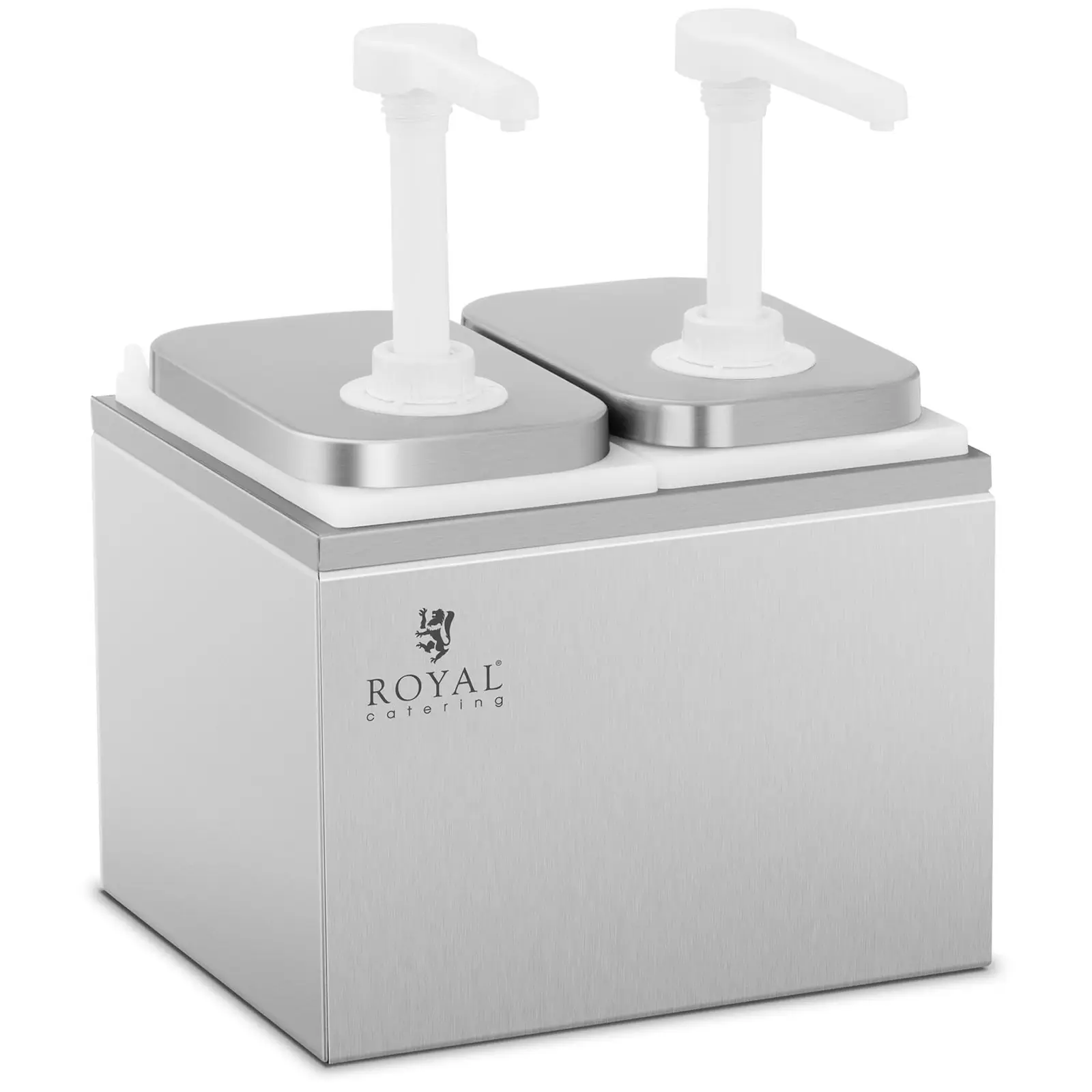





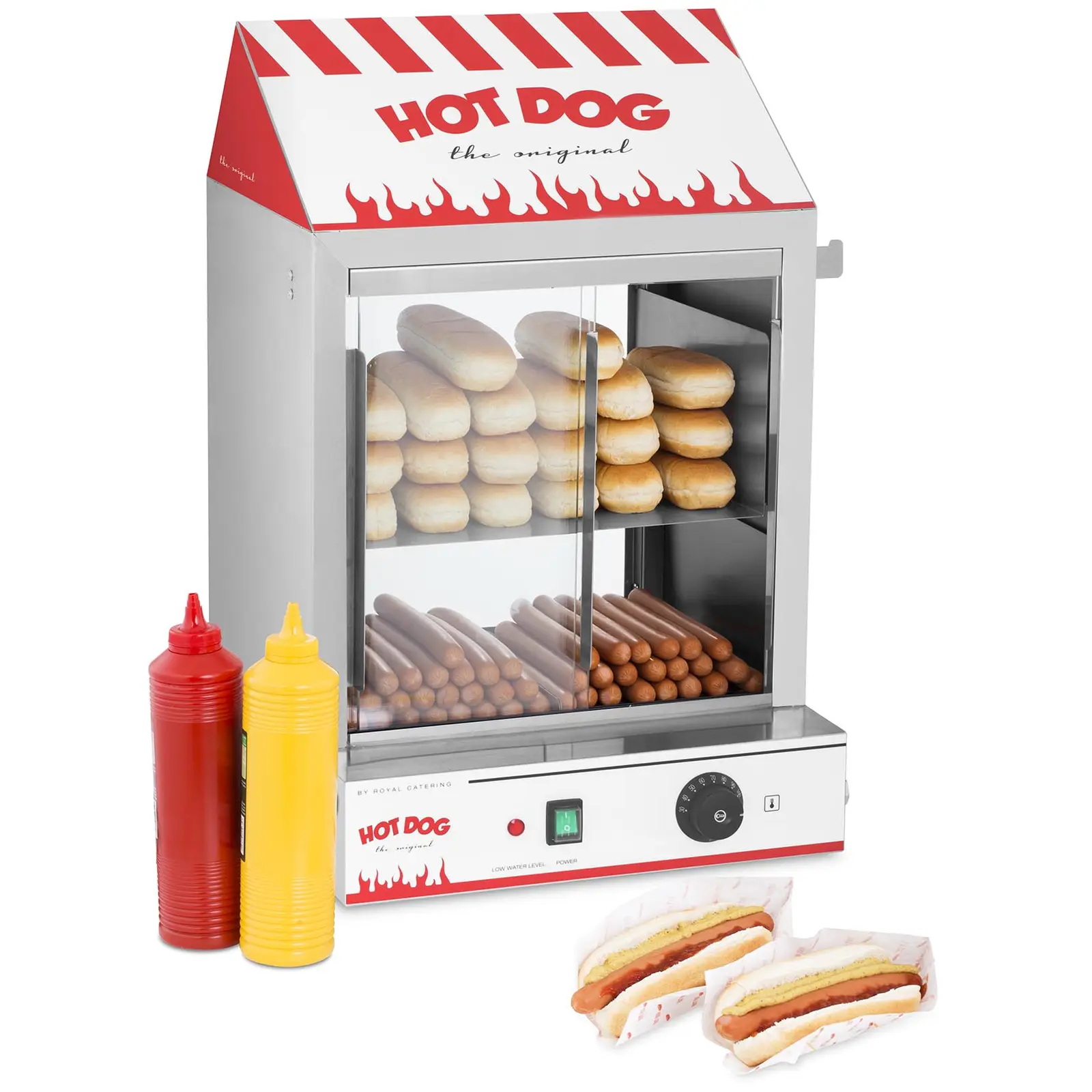


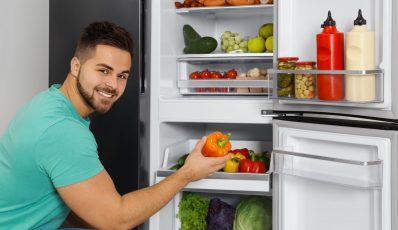
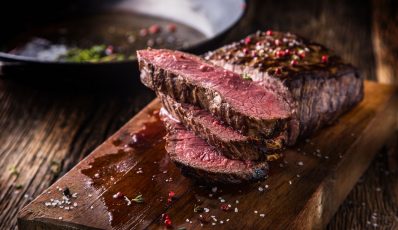


Share